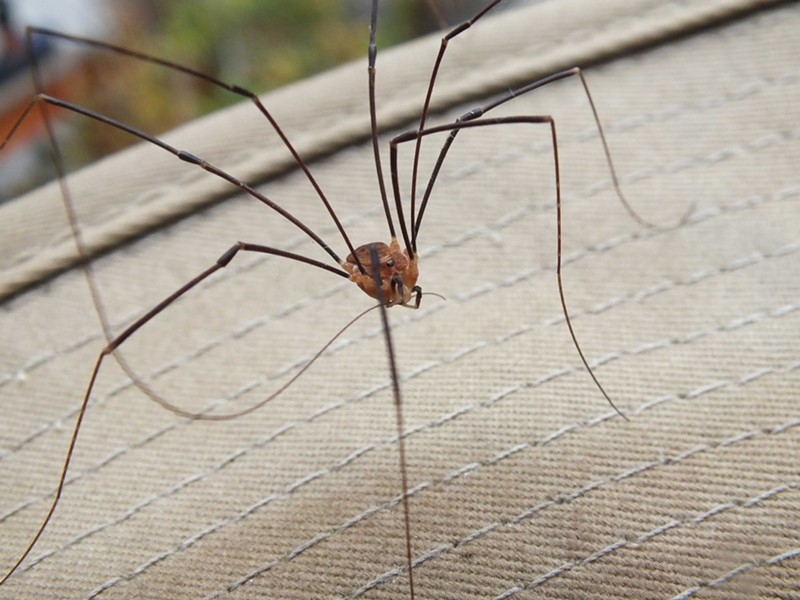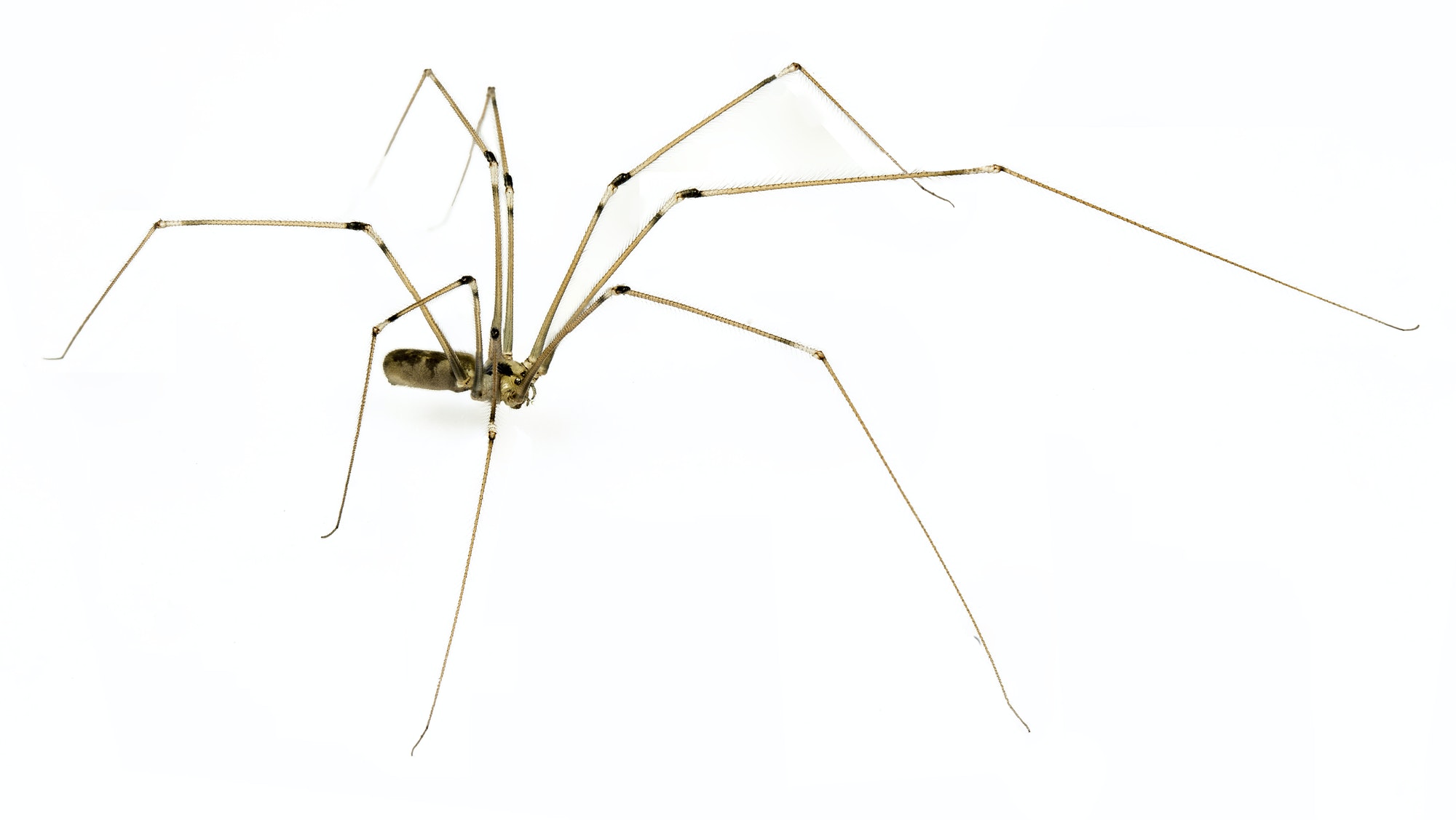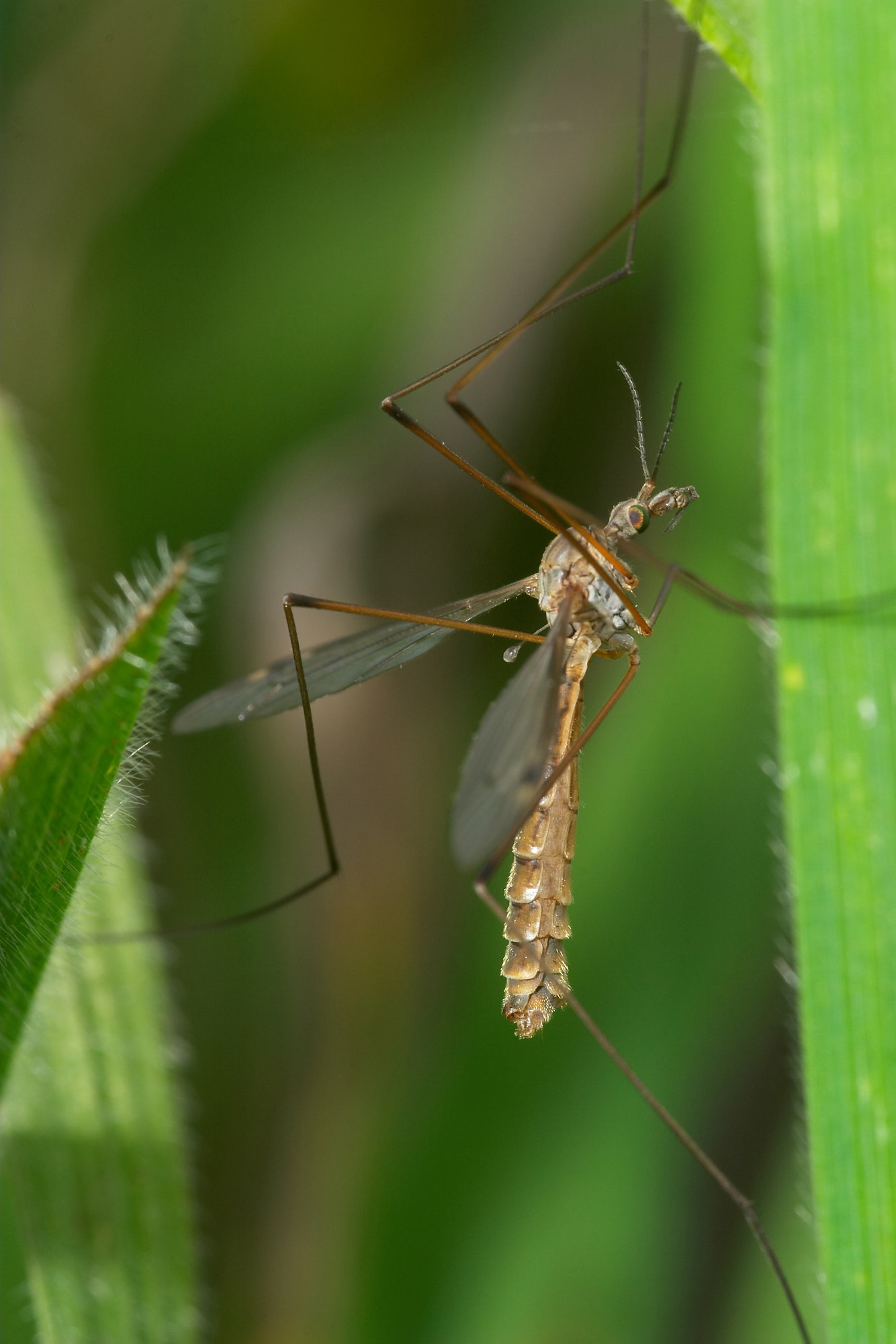Are Daddy Long Leg Spiders Poisonous?
The Phocidae is the major family that is category home to the commonly known cellar spider, skull spider, and the famous daddy long leg spider. There is a folklore about this long-legged spider stating that they are the most poisonous spider, but their fangs are too small to bite, or they cannot open their jaws far enough to bite. Is this folklore true or not? Though research, the true tale of these famous spiders will be answered.
First, the common characteristics of a “daddy long-leg” is that they have eight eyes and eight long legs attached to a very small body. Daddy long leg spiders do spin silk to live and catch prey. The daddy long leg spider can be found on every continent except Antarctica.

These spiders typically construct their messy webs somewhere dark and damp. These webs are found primarily under rocks and pieces of wood. Due to their comfort in dark and damp locations is how they have been awarded their nickname, “cellar spiders,” (Staff, U).
To debunk this folklore about these spiders not being able to bite humans but are in fact poisonous raises some questions. How would humans know that they are poisonous without ever being bitten?
Scientists cannot milk or collect venom from this spider and test it on humans due to the humanitarian code of ethics, therefore, there is no research backing this theory up. Looking into debunking the idea that their fangs cannot penetrate human skin, this cannot be true either.
The daddy long leg spider has short fangs known as uncate fangs because they have a second tooth. The short fangs and the secondary tooth will grab together in order to bite and hang on to prey. Daddy long legs in fact do have a weaker bite than many other spiders, because when these spiders subdue their prey, they will typically wrap their legs around the body of the prey while biting them.
Although this theory has a kernel of truth to it, it has no scientific evidence backing the theory up, as they can penetrate human skin (Staff, U).

Found in the research paper, “Not So Dangerous After All,” found in Frontiers in Evolution and Ecology, researchers Binfold and Zobel-Thropp completed an analysis of the venom from daddy long leg spiders.
They found that the venom contains a mixture of proteins and peptides that are toxic to insect prey, but their research pointed to the venom not having a strong effect on mammals, including humans (Staff, S). Author, Farrah L. Fulps wrote an article “Are Daddy Long Legs the Most Venomous Spider in the World,” stated that daddy long leg spiders do in fact have venom, and do have short fangs and weak jaws, but their venom is not toxic to humans.
Fulps stated that historically, daddy long legs have not been known to bother humans and typically wouldn’t be interested in biting them (Fulps, F).
Through research, it has been determined that yes, daddy long leg spiders are in fact venomous, but their venom is not an irritant to human skin. These spiders can be observed as “safe” to humans who share their home with these famous arachnids.
Author: Rachel Brown
Nightingale College
Resources
- Fulps, F. (2019, October 31). Are Daddy Long Legs the “most venomous spider in the world”??? Retrieved October 29, 2020, from https://arrowexterminatorsok.com/are-daddy-long-legs-the-most-venomous-spider-in-the-world
- Staff, S. (2019, August 07). Don’t fear the pholcid: Daddy long-legs’ venom is only dangerous if you’re an insect. Retrieved October 29, 2020, from https://phys.org/news/2019-08-dont-pholcid-daddy-long-legs-venom.html
- Staff, U. (2020, September 17). Daddy Long Legs. Retrieved October 29, 2020, from https://spiders.ucr.edu/daddy-long-legs








